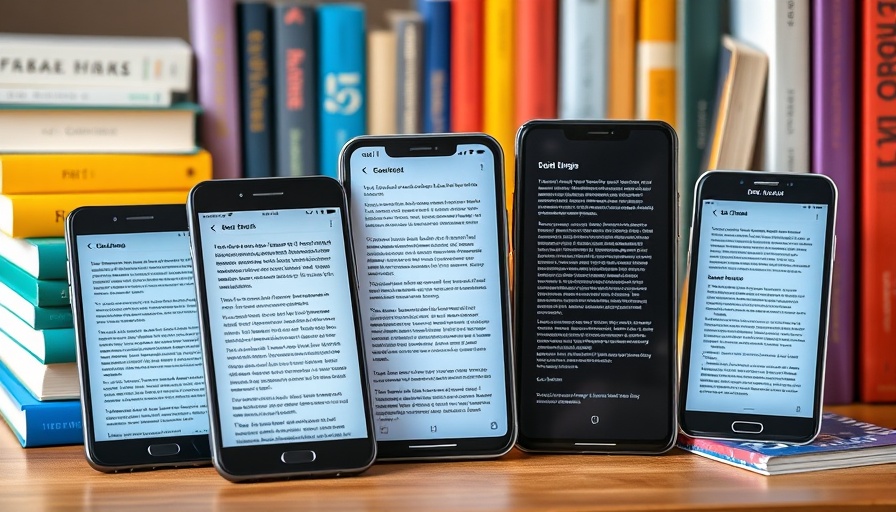
A Return to Handwriting: Schools Combat AI Cheating
As artificial intelligence becomes an integral part of education, schools are facing an unsettling dilemma. With tools like ChatGPT helping students generate essays and solve problems in seconds, the educational landscape is rapidly transforming. The surge in AI utilization raises serious concerns about academic integrity and genuine learning experiences.
Revisiting Traditional Methods
In an effort to combat AI-driven academic dishonesty, many schools are reviving a traditional approach: handwritten exams. The "blue book"—a lined booklet traditionally used for writing essays—has made a surprising comeback. Educators, facing the challenge of ensuring that students complete their own work, view this method as a pragmatic solution in an age where technology dominates.
The Statistics Behind AI Usage in Education
Recent surveys reveal that a staggering 89% of students have utilized AI tools for various coursework activities, from brainstorming ideas to producing entire essays. This trend has left educators scrambling to find ways to uphold academic standards. Consequently, universities are reporting an alarming increase in disciplinary cases linked to AI use, but many incidents likely go unnoticed. While detection software like Turnitin provides a means of checking for AI-generated content, its effectiveness remains in question.
Challenges of Detecting AI Misuse
The abilities of generative AI to mimic human writing styles complicate traditional plagiarism detection. In blind tests, many instructors struggle to distinguish between human and AI-written responses. This nuanced challenge complicates monitoring efforts, leading some institutions to discard detection software amidst concerns about privacy and accuracy.
Handwritten Exams: Keeping Integrity Intact
In response to these challenges, a growing number of professors have reclaimed the classroom with in-person, handwritten exams. Universities like Texas A&M and UC Berkeley are witnessing rising demand for blue books, with the logic being straightforward: if students must write essays during class, they eliminate the opportunity to utilize AI tools for assistance. Additionally, educators note that this method fosters deeper thinking, as students focus more on their own cognitive processes without the aid of technology.
The Debate: Is It Enough?
Yet, this revival of handwritten tests is not without controversy. Critics argue that solely relying on timed writing assessments can limit students’ abilities to research and engage in analytical thought, especially concerning complex topics that inherently require more time and external resources. Moreover, this method does little to curb AI misuse in homework or group projects.
Building a Balanced Approach to AI in Education
Some educators advocate for a balanced response to the issue, suggesting that rather than banning AI tools outright, schools should focus on teaching students to use these technologies responsibly and ethically. Integrating AI literacy into curriculums not only helps students navigate the academic landscape but also prepares them for a workforce increasingly reliant on technological skills.
As the educational sector adjusts to the implications of AI, it's vital for both students and educators to adapt. Embracing a dual approach that encourages responsible AI use while valuing traditional methods like handwritten exams could lead to a richer and more authentic educational experience.
Looking Ahead: What Can You Do?
If you want to ensure that you’re staying ahead in the rapidly evolving world of AI and education, consider exploring reliable tools that can help you bypass AI detection obstacles. Visit Prompt2Human.com to discover custom solutions tailored for students seeking to balance traditional learning with modern technology.
 Add Row
Add Row  Add
Add 




 Add Row
Add Row  Add
Add 

Write A Comment